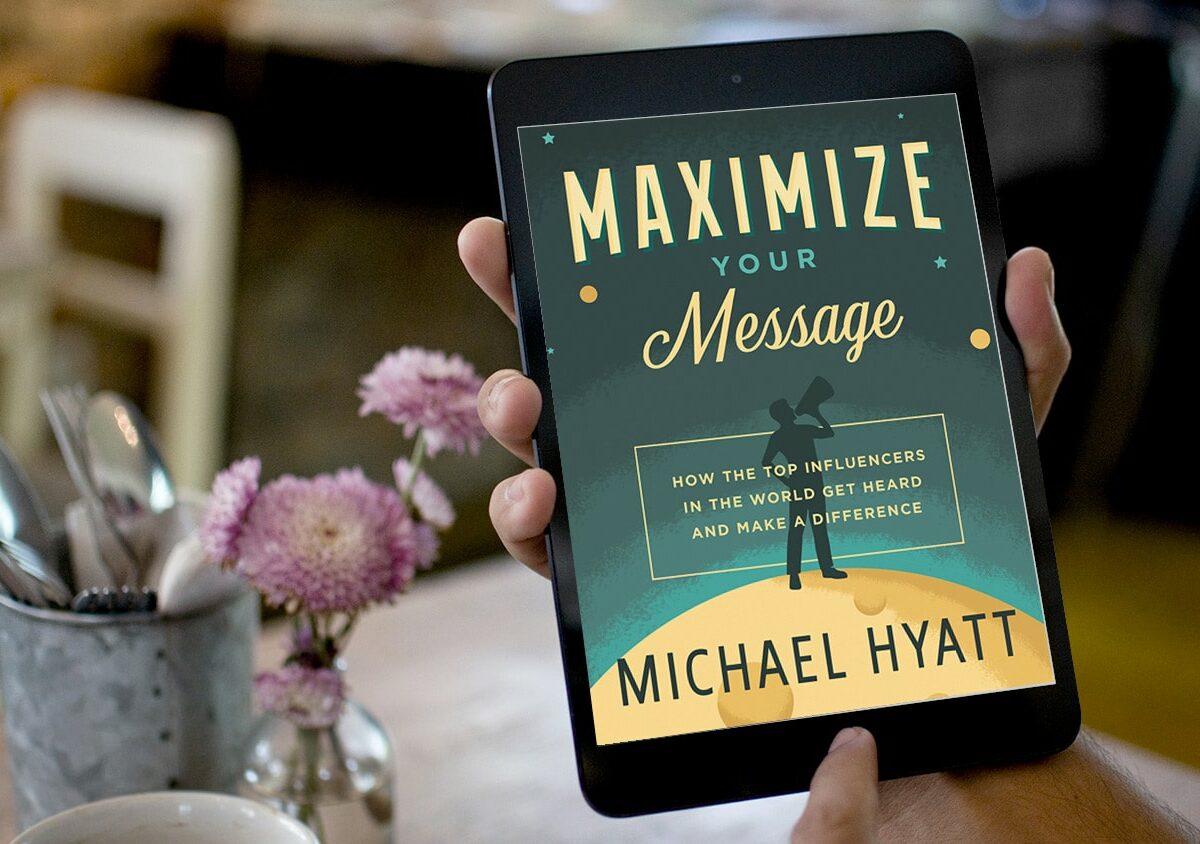Recently, my friend Philip Rothschild asked if I would write a blog post on “the anatomy of a 500-word blog post.” He said that he sensed I used some kind of template. He thought it might be something that would be valuable to others, as well as something he could use with his students.
I do, in fact, use a blog post template. I don’t follow it slavishly, but I always start with it. It includes all the elements that I have learned make for an effective post. It also helps me write faster, because it provides me with a track to run on.
My blog post template consists of six components:
- Compelling Title. Advertising legend David Ogilvy once said, “On the average, five times as many people read the headline as read the body copy. When you have written your headline, you have spent eighty cents out of your dollar.” This is also true with blogging. If your title doesn’t lure them, they will never get to the rest of what you say.
- Lead Paragraph. This is key. If you take too long on the wind-up, you will lose readers. You have to get into the premise of the post and make it relevant to your readers. After the title, this is the second most important component of your post.
- Relevant Image. I use images for the same reasons magazines do: I want to pull my readers into the post itself. Pictures do that. I get 90 percent of mine from iStockPhoto. Occasionally, I use a screenshot or an embedded video or slideshow.
- Personal Experience. I always try to share my personal experience. Why? Because readers connect with stories. The more honest and transparent I can be, the better. In fact, my most popular posts generally come out of some failure on my part.
- Main Body. Everything to this point has been an introduction. I always try to make my main content scannable. I use bullets, numbered lists—and often both. This makes the content more accessible to readers and more sharable via Twitter and Facebook.
- Discussion Question. For the past few years, I have ended every post with a question. I don’t intend my posts to be a monologue. Instead, I want to start a conversation. As a result, I measure my effectiveness at this by how many comments I get.
I also follow a few overall rules when writing my posts:
- Make the posts short. This is my biggest personal challenge. I have a tendency to be too thorough. Consequently, I aim for 500 words. This usually means I have to write the post and then go back and tighten it up.
- Use short paragraphs. I try to stick to 3–4 sentences. If it’s more than this, the content looks too dense. Readers will give up and move on. (Notice how newspapers usually follow this rule.)
- Keep short sentences. As a general rule, I try avoid compound sentences. A period gives the reader a natural stop—and a sense of progress as they pass one milestone after another. To quote a common copywriting axiom, short sentences make the copy read fast.
- Use simple words. I love language, so I am often tempted to use big words. However, I have learned to avoid this. My goal is to communicate, not to impress my readers with my vocabulary.
- Provide internal links. I can’t say everything in one post, so I link to other posts where I have developed a thought in more detail. This has the added vantage of increasing my pageviews and session times. I think it is also genuinely helpful to my readers.
While your template might be different, it is worth outlining and tweaking as you hone your writing skills. This will allow you to write faster and more effectively.
What does your blog post template look like?Disclosure of Material Connection: Some of the links in the post above are “affiliate links.” This means if you click on the link and purchase the item, we will receive an affiliate commission. Regardless, we only recommend products or services we use and believe will add value to our readers. We are disclosing this in accordance with the Federal Trade Commission’s 16 CFR, Part 255: “Guides Concerning the Use of Endorsements and Testimonials in Advertising.









